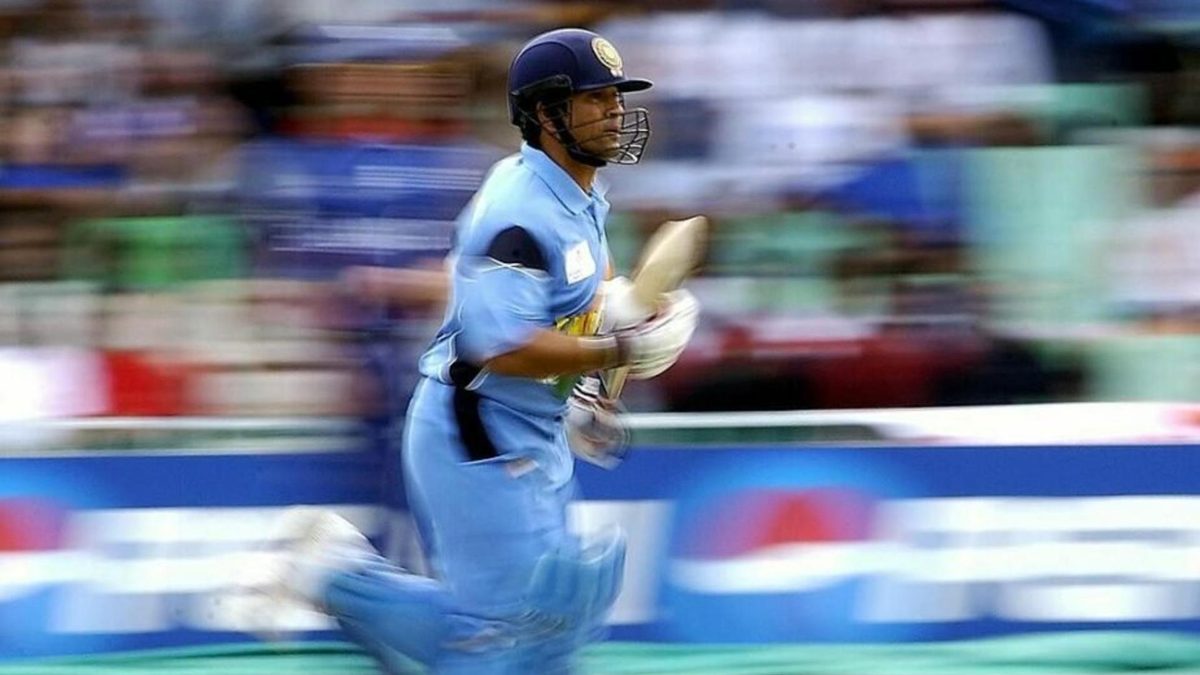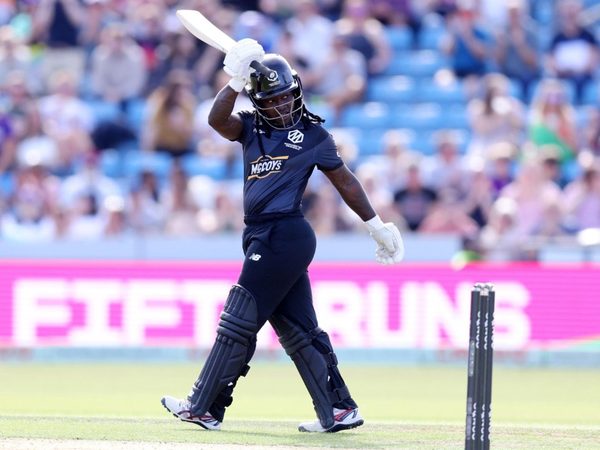
It’s fair to say that there are a number of statistics out there that provide a flavour of just how accomplished a cricketer Sachin Tendulkar was.
No one in the history of the game has more international runs or hundreds; the India great holds a whole host of records that are unlikely to ever be seriously challenged, let alone broken. One stat popped up online during Pakistan’s fourth ODI against New Zealand that sounded almost too good to be true.
Cricket statistician Mazher Arshad shared a graphic during the ODI that showed just how secure Babar Azam is against leg-spin in 50-over cricket, with the Pakistan captain averaging over 90 against leg-spin in the format. The graphic showed the highest averages for batters in men’s ODI cricket against leg-spin in the 21st century and while Babar’s numbers were impressive, they paled in comparison to those of the man at the top of the list – Sachin Tendulkar.
According to the graphic, Tendulkar averaged 422 against leg-spin in ODI cricket in the 21st century, a figure which as some pointed out online seems almost implausible, especially considering the presence of the great Shane Warne at the start of the 21st century.
Babar Azam’s average vs leg-spin in ODIs is second only to Sachin Tendulkar in the recent history. pic.twitter.com/o30AjdRBud
— Mazher Arshad (@MazherArshad) May 5, 2023
So, how did he average so much against leg-spin in ODI cricket? Well, while the last decade has seen a proliferation of leg-spin in white-ball cricket, there were actually very few regular leggies in ODI cricket in the second half of Tendulkar’s ODI career. From the start of the 21st century to Tendulkar’s final ODI in March 2012, Shahid Afridi was the only leg-spinner to take more than 100 ODI wickets in that period. Afridi played 28 ODIs against India in this timeframe with little success, averaging over 70 with the ball against them.
The list of leading spinners in that era is dominated by finger spinners. While Warne continued to dominate the Test arena until early 2007, he actually played his final ODI for Australia as early as January 2003. Warne and Tendulkar only locked horns in five ODIs in the 21st century. Brad Hogg, Warne’s replacement in the Australia side, was briefly among the world’s leading wrist-spinners but he was a left-arm wrist-spinner rather than a conventional leggie.
The graphic provides an illustration of how much the make up of ODI bowling attacks has changed over the course of the 21st century. Babar Azam, who is playing his 100th ODI against New Zealand today, has already racked up 750 runs against leg-spin in ODI cricket. In contrast, Tendulkar scored 422 runs against leg-spin from 234 ODIs in the 21st century. As impressive as it was that Tendulkar fell just once to leg-spin in ODI cricket in the 21st century, it is also fair to point out those 13 years did not see a huge amount of top class leg-spin in ODI cricket. Warne hardly played ODI cricket in the 2000s, Afridi struggled against India and the other leading leggie of the time, Anil Kumble, was Tendulkar’s teammate.








